 Plant Nature Study I
Plant Nature Study I
Plant Nature Study I
Plant Nature Study I


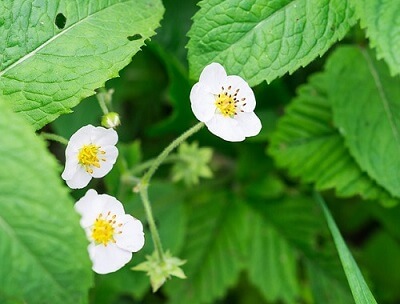
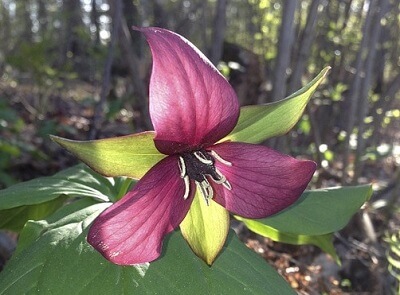
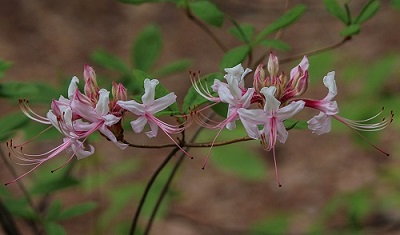
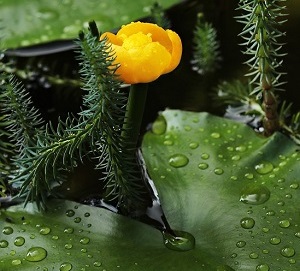
 Plant Nature Study I
Plant Nature Study I
Plant Nature Study I
Plant Nature Study I

Study the lesson for one week.
Over the week:
Aggregate Fruits:
Activity 1: Narrate the Story
Activity 2: Can You Find It?
Review the following flower parts on the diagram of the flower:
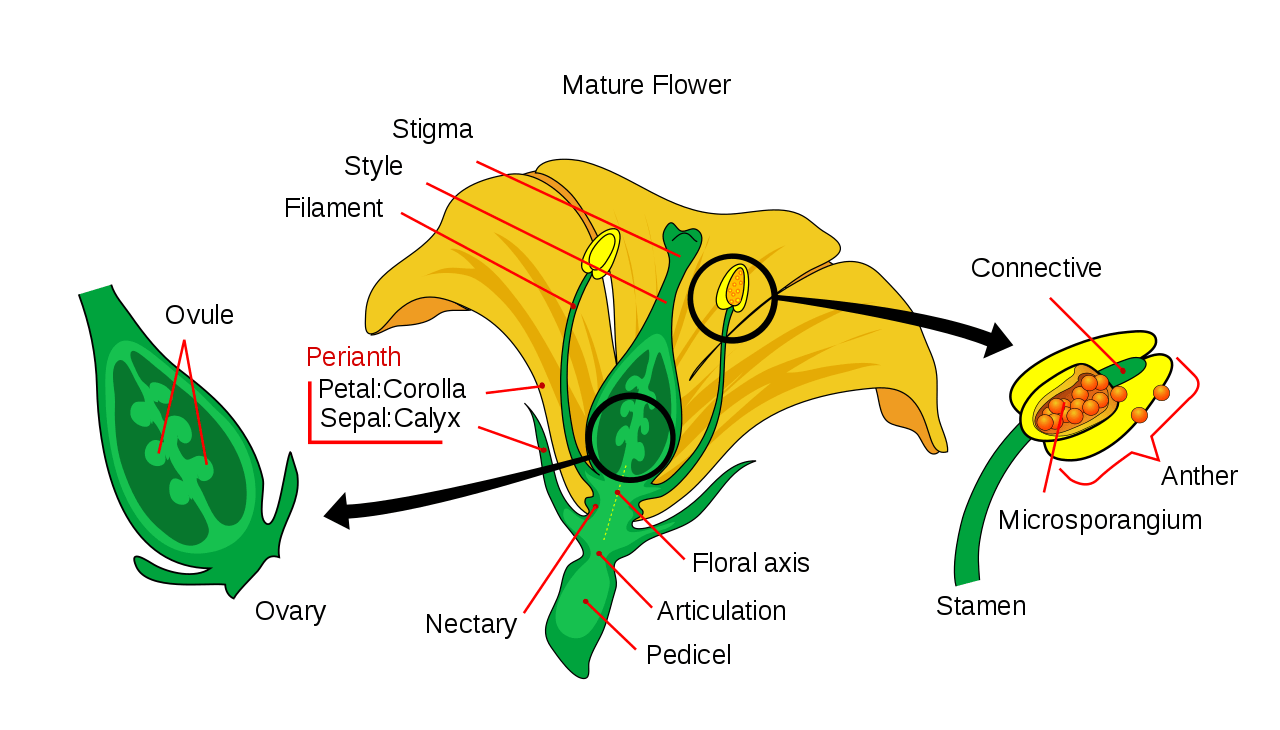
Activity 3: Sketch and Label an Aggregate Fruit

Complete page 14 in 'Science Field Book for Third Grade' by sketching a strawberry and labeling a few of its achenes.
Activity 4: Take a Nature Walk, Visit a Flower Shop, or Research Online - Flowers Near Water
Activity 5: Complete a Field Book Entry

After your nature walk, complete page 15 in 'Science Field Book for Third Grade.'